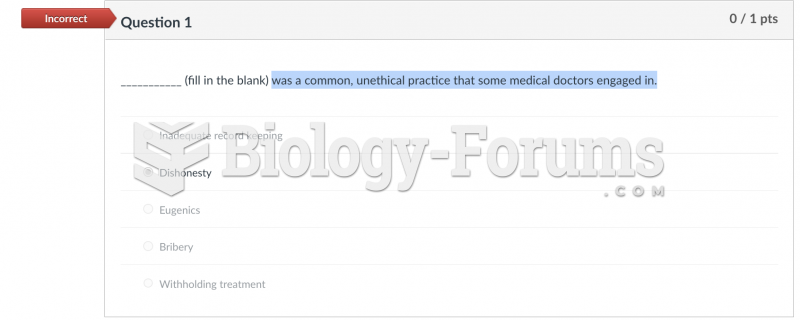|
|
|
The modern decimal position system was the invention of the Hindus (around 800 AD), involving the placing of numerals to indicate their value (units, tens, hundreds, and so on).
In most cases, kidneys can recover from almost complete loss of function, such as in acute kidney (renal) failure.
There can actually be a 25-hour time difference between certain locations in the world. The International Date Line passes between the islands of Samoa and American Samoa. It is not a straight line, but "zig-zags" around various island chains. Therefore, Samoa and nearby islands have one date, while American Samoa and nearby islands are one day behind. Daylight saving time is used in some islands, but not in others—further shifting the hours out of sync with natural time.
The Romans did not use numerals to indicate fractions but instead used words to indicate parts of a whole.
Blood in the urine can be a sign of a kidney stone, glomerulonephritis, or other kidney problems.







